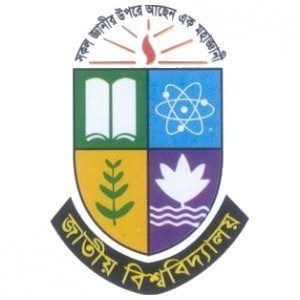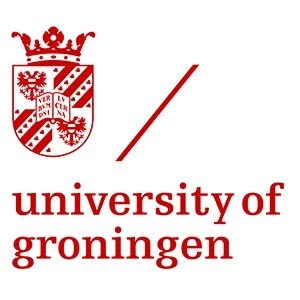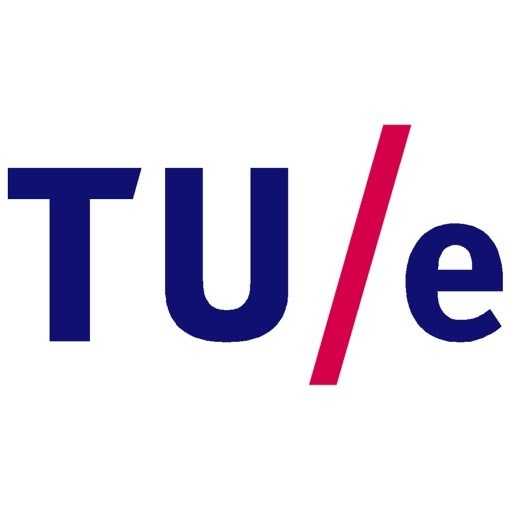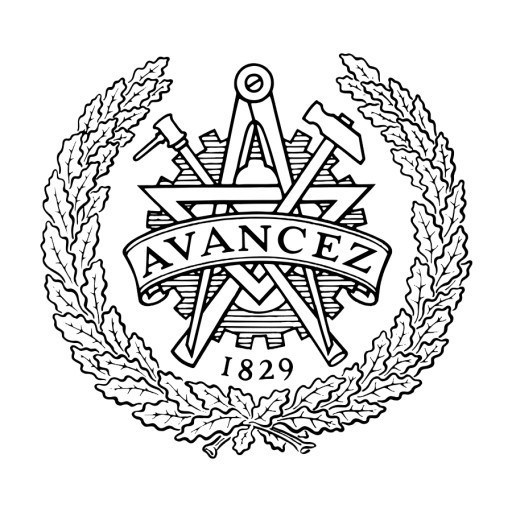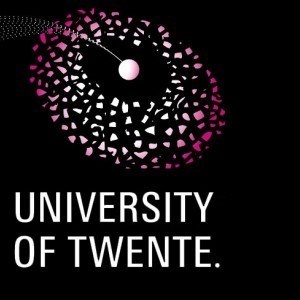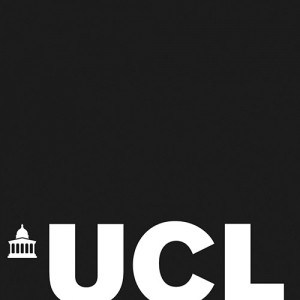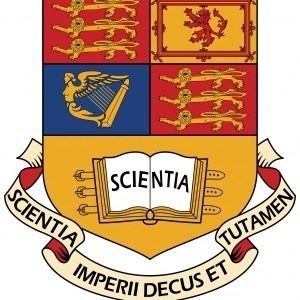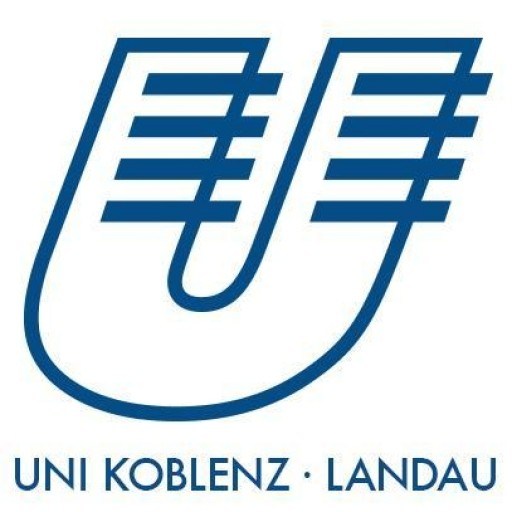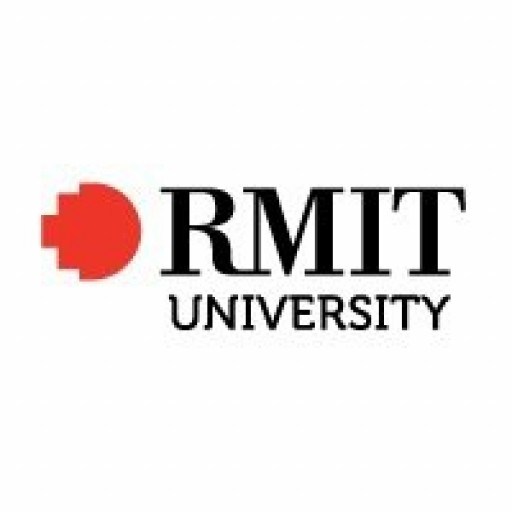Master's program "Quantum Physics for Advanced Materials Engineering" is devoted to the study of new physical phenomena discovered innanostructured materials and quantum devices created last 20-30 years in the search for components for quantumelectronics. At the same time the program addresses the basic physical principlesof electronic systems and devices of quantum electronics, as well as some importantmanufacturing techniques and measurements of physical and chemical characteristicsofquantum-sized structures and materials. The program is designed forstudents trained in the amount of university courses in general physics and introduction to theoretical physics for a Bachelors, whichincludes the courses: theoretical mechanics and the theory of elasticity,electrodynamics, quantum mechanics and statistical physics. The programdoes not involve a starting special training of students in thecondensed matter physics,, because it includes basic courses in:1) modern quantum physics of solids, 2) electronic theoryofmetals, 3) technology and materials of quantum electronics, 4)spectroscopic methods of materials characterization.
The urgency and necessity: A distinctive feature of this Masters program is to focus on the study of new physical phenomena in quantum-sized materials and devices, all of which are overlooked in traditional courses of solid state physics. These objects of study appeared in the last 20-30 years due to development of tools and methods of measurement and conversion of properties of materials in the nanometer range of distances. Although the physical phenomena and processes observed in the new materials and nanostructures are described in the framework of well-established fundamental concepts of quantum and classical physics, they could not become an object of study of traditional training courses on condensed matter physics, which were created in the middle of the twentieth century, simply because most of these facilities and adequate measurement tools for their research were not yet developed. The circle of new physical phenomena studied in special courses of this master's program includes the effects of size quantization in low-dimensional structures, in particular: the quantum Hall effect, quantum charge fluctuations, Coulomb blockade and Landauer quantum conductance of the contacts of atomic size, the Wigner-Dyson statistics of electronic energy levels in the nanoclusters, the Rabi oscillations in two-level systems, the spectra of quantum dots, wells and wires in a magnetic field, phonons in fractal structures, Einstein modes in thermoelectric semiconductor materials with complex crystal cell, etc.
Developing skills: This master's program enables students to orient themselves in the modern scientific and applied research and development of quantum-sized materials and devices through the acquisition of skills in both theoretical calculations in the field of quantum physics of nanosystems as well as experimental measurements using modern equipment in the field of electron and scanning probe microscopy and spectroscopy.
Basic courses:
Special courses : familiarize students with basic modern areas of theoretical physics research in nanosystems, in including low-dimensional systems:
Courses in experimental research methods help students to get an idea of materials for prospective elementary base of quantum electronics, as well as on the possibilities of measurement methods:
Focus of lecture courses are new materials and modern quantum devices. List of new materials studied in the course of the program includes:
Studied electronic devices and appliances include:
Studied manufacturing technologies of quantum-sized materials:
Special offer for the first enrollment into MISiS International Master Programs:
All applicants willing to be accepted into one of the proposed Master Programs in the Fall/Spring Semester will be awarded an educational annual grant of $5, 000 to cover the tuition fee.
The decision to award is taken by the Admissions Committee on the basis of the Applicants Dossier and is taken according to the following Eligibility Criteria:
- GPA for the B.A. period of study,
- Language proficiency,
- Scientific publications,
- Awards, honors, and distinctions, and
- Personal and professional motivation spelt out in the Cover Letter.
The final rate of an Applicants Dossier will be published on the web-site of the International Master Programs not later than 7 days after the closure of the Admissions.
Applicants whose dossiers will be rated at the first 10% positions on the Dossier list will receive an annual educational grant of $10,000.
Educational grant will not be given if:
- an Applicants Dossier is submitted after the deadline,
- an Applicants Dossier is not complete/there are documents missing.
International Student Scholarship Program
The National University of Science and Technology MISiS is excited to announce a new competitive scholarship program open to full-time international students* pursuing a bachelors or masters degree. The International Student Scholarship Program has been created within the framework of the Program to Increase the Competitiveness of the National University of Science and Technology MISiS Among Leading Global Scientific Educational Centers.
International Student Scholarship benefits include:
- Free tuition to the National University of Science and Technology MISiS during the entire program of study
- Priority for rooms in student residence halls
- A stipend that student will use to cover housing
- A stipend that student will use to pay for mandatory health insurance
Who May Apply:
There are two different target groups that are eligible to participate in the International Student Scholarship Program.
Group I: Full-time graduate students pursuing a degree in a technical field or students who have been conditionally accepted into a technical field degree program but need to improve their Russian language skills before entering the program. This group also includes Masters dual degree program students.
Group II:Exchange graduate students from partner universities studying or participating in one of the training programs taught in English at MISiS.
How to Apply:
To be considered for an International Student Scholarship, applicants must send the following documents to MISiS by 10 June 2014. All documents must be submitted via email to mp@misis.ru with the subject heading International Scholarship Program_Last name_First name
- Completed application with an attached color passport photograph
- Copies of diploma(s) and transcript(s) from all previous academic institutions
- Certified Russian translations of educational documents. They must be notarized or they must be authenticated by the Consular Department of the Embassy of the Russian Federation
- Cover letter in English or Russian
- Letters of recommendation (for master's degree applicants only)
- Copies of documents (certificates or other notifications of having won international and national (city-wide or other) academic competitions, information on scientific publications, or participation in innovative activities
- Copy of the biographical information page of the passport which will be used by the international student to enter the Russian Federation, with a validity date not less than 18 months from the start date on the academic entry visa
